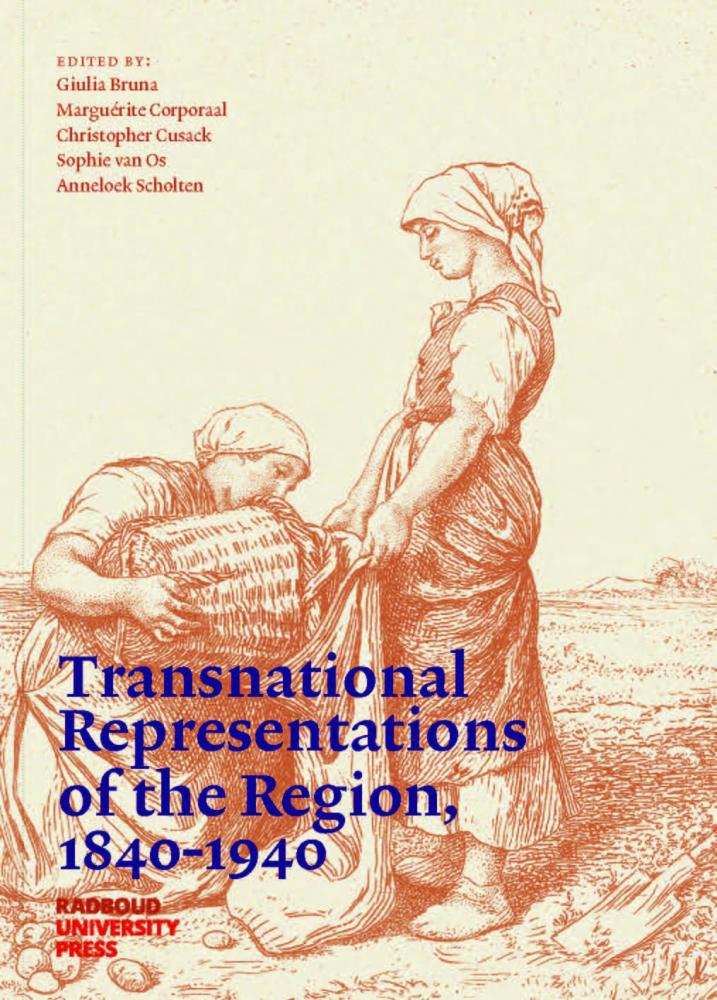Feminine Representations of Alsace: The Alsacienne at the Franco-German Border
Synopsis
Juggling between a French political tradition and a Germanic dialect, a French memory narrative and a German war experience, the border region of Alsace has developed a Franco-German culture and identity. Throughout four changes of nationality between 1870 and 1945, the Alsacienne emerged as a stable emblem of the region.
This chapter argues that since 1870, and across national borders, the Alsacienne’s image has been used to promote different narratives of regional belonging. In borderlands, symbols of hybrid identities are powerful means of communication between local and international audiences. The hybrid and transnational nature of these symbols provides a stable local sense of belonging in times of uncertain national allegiance, and empowers local populations defending their own narrative of identity.
Downloads
Pages
Published
Series
Categories
License

This work is licensed under a Creative Commons Attribution-NonCommercial-NoDerivatives 4.0 International License.


